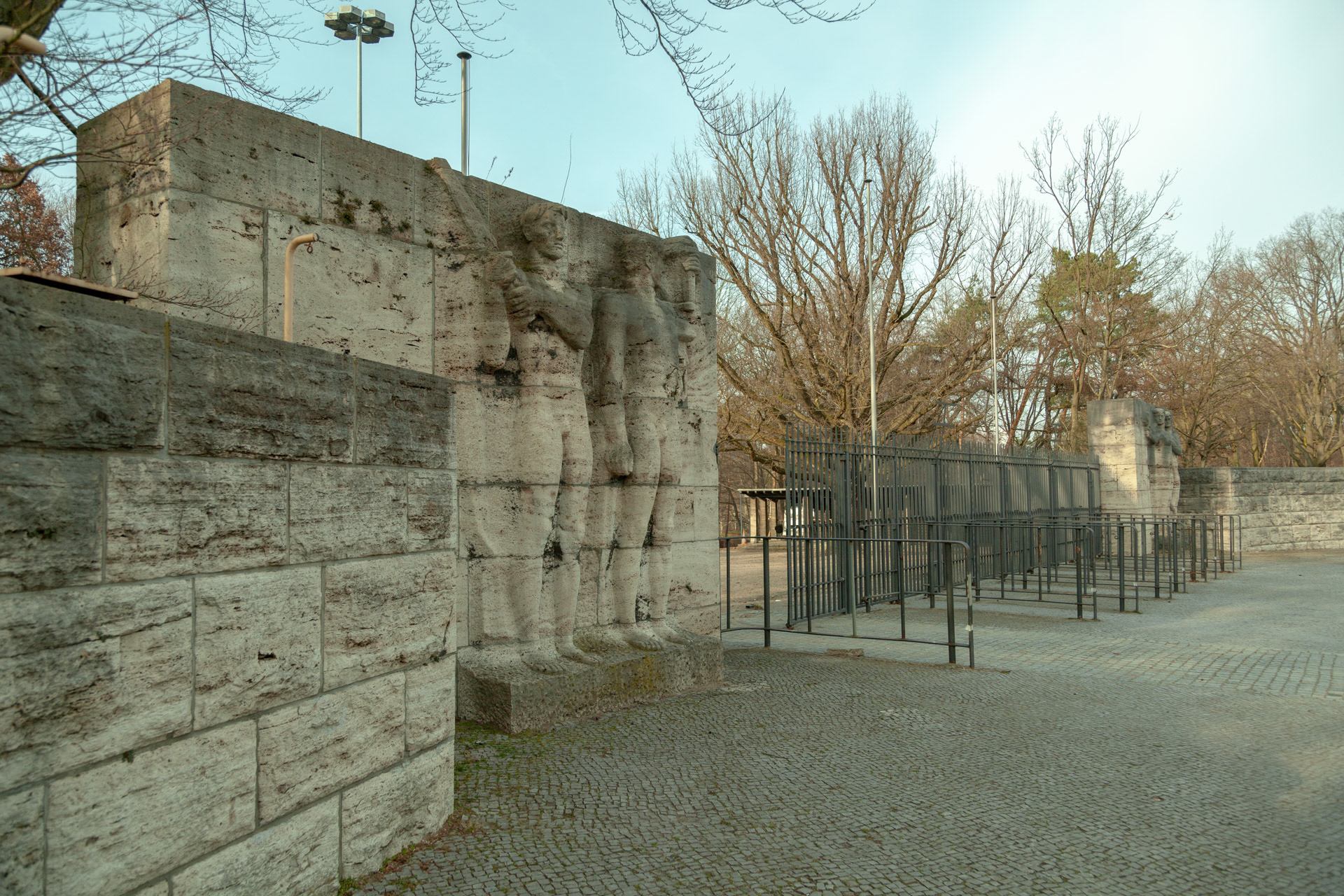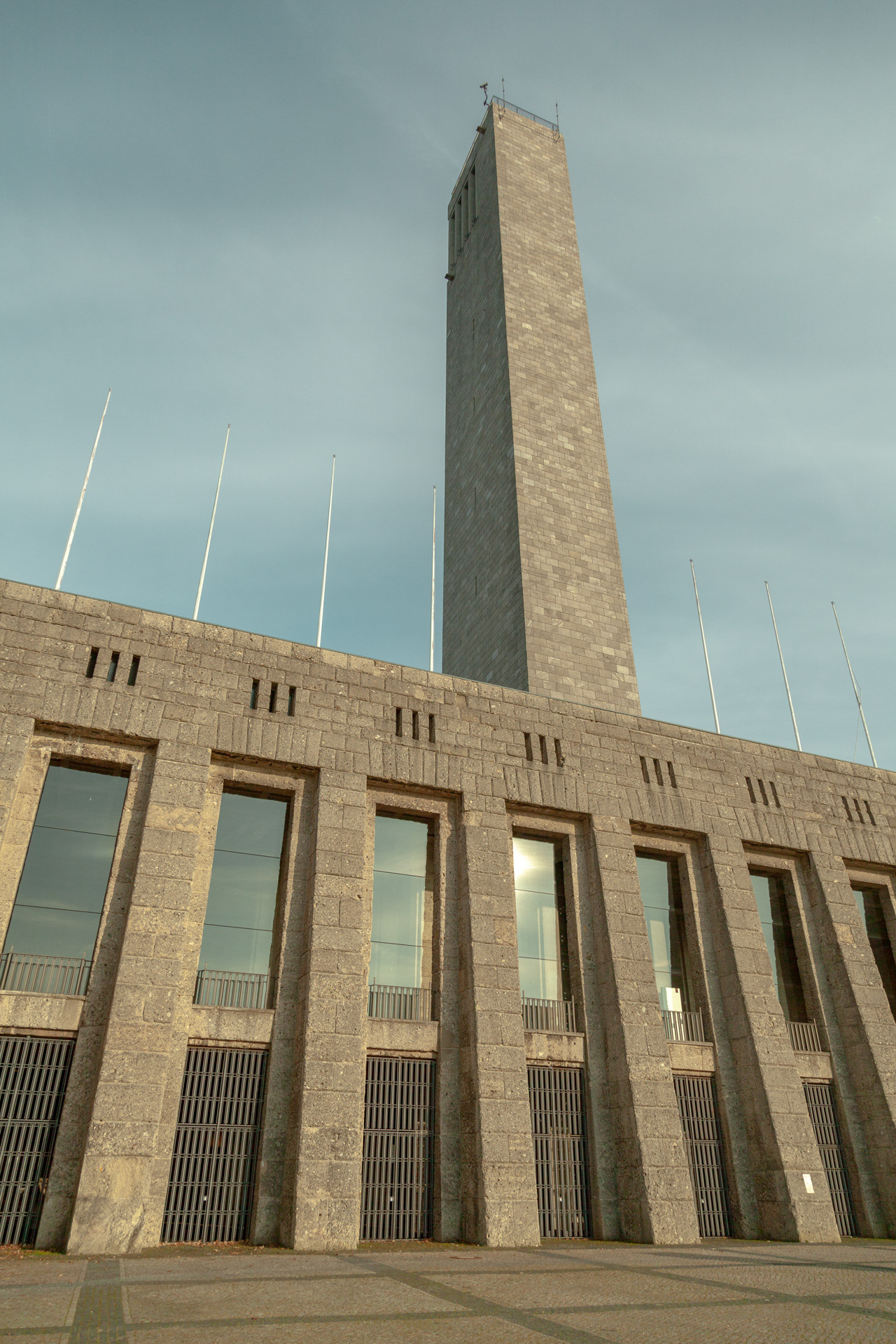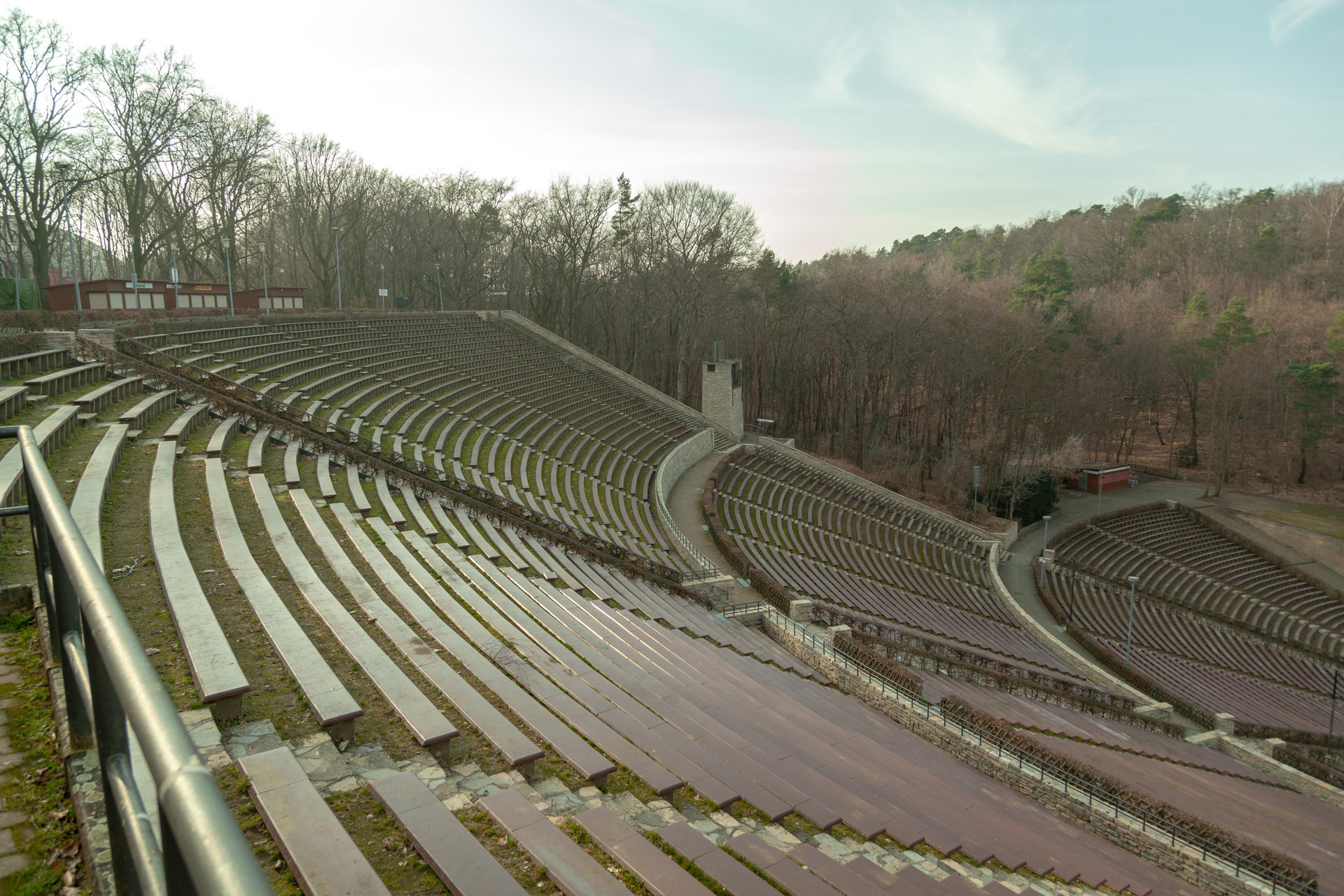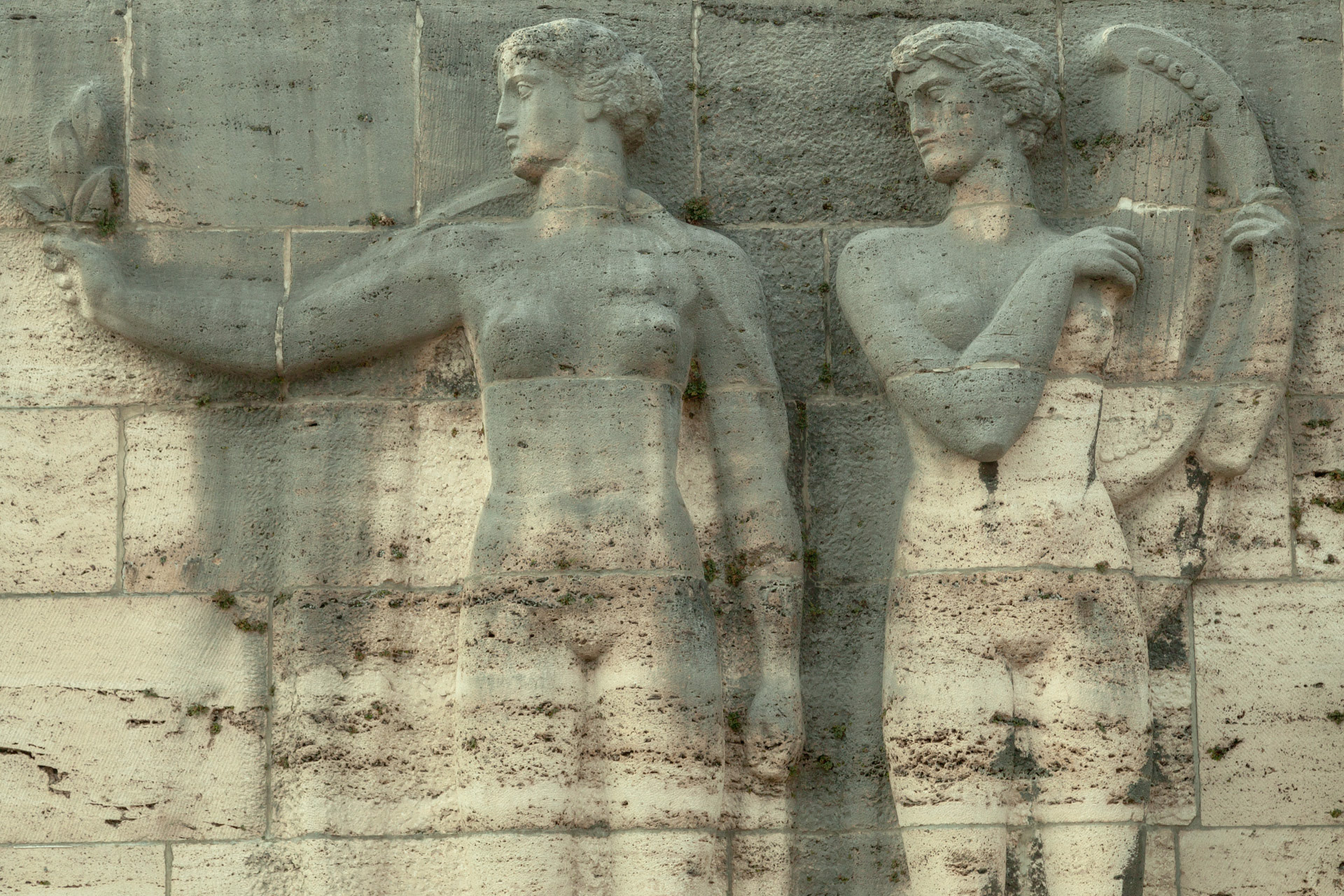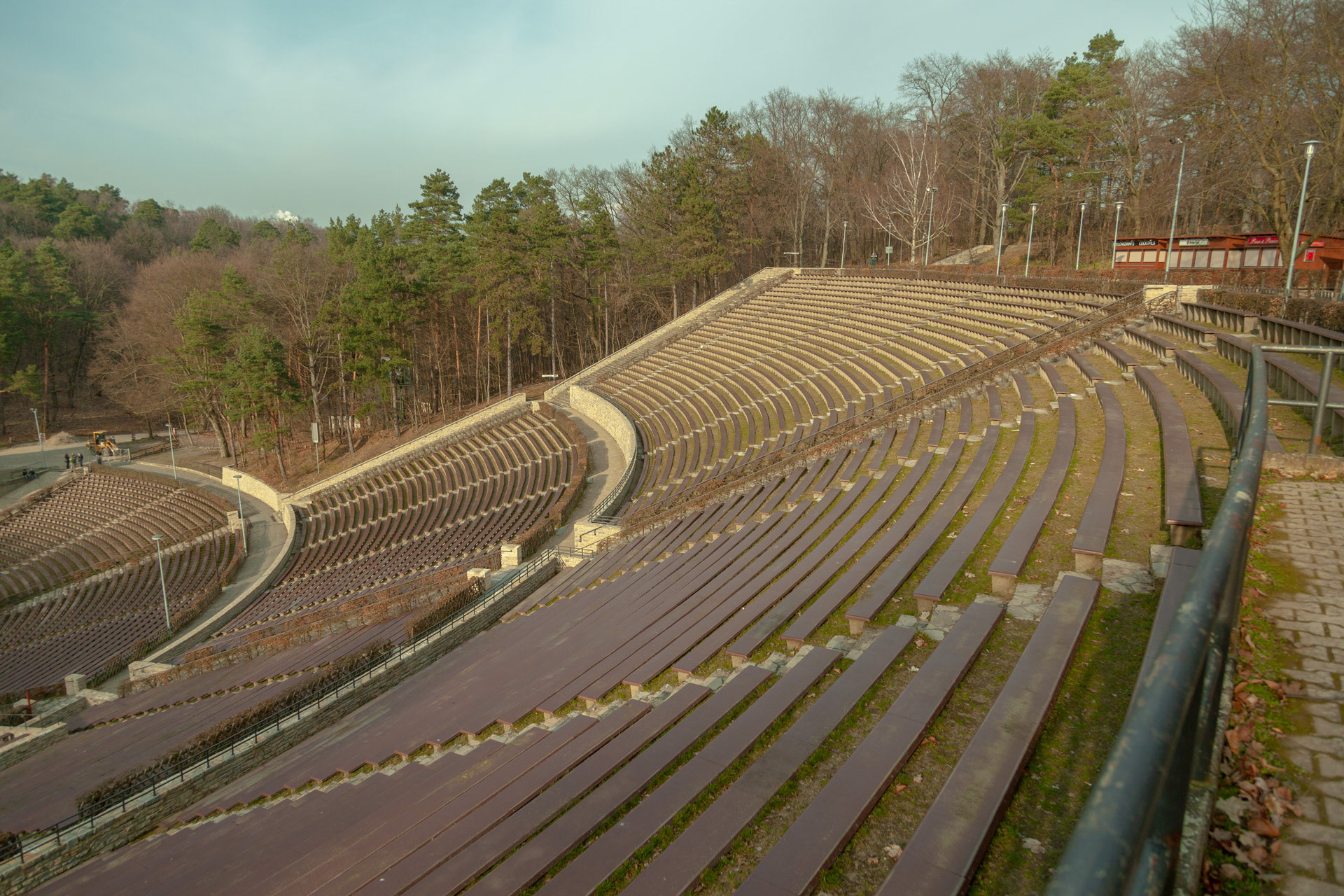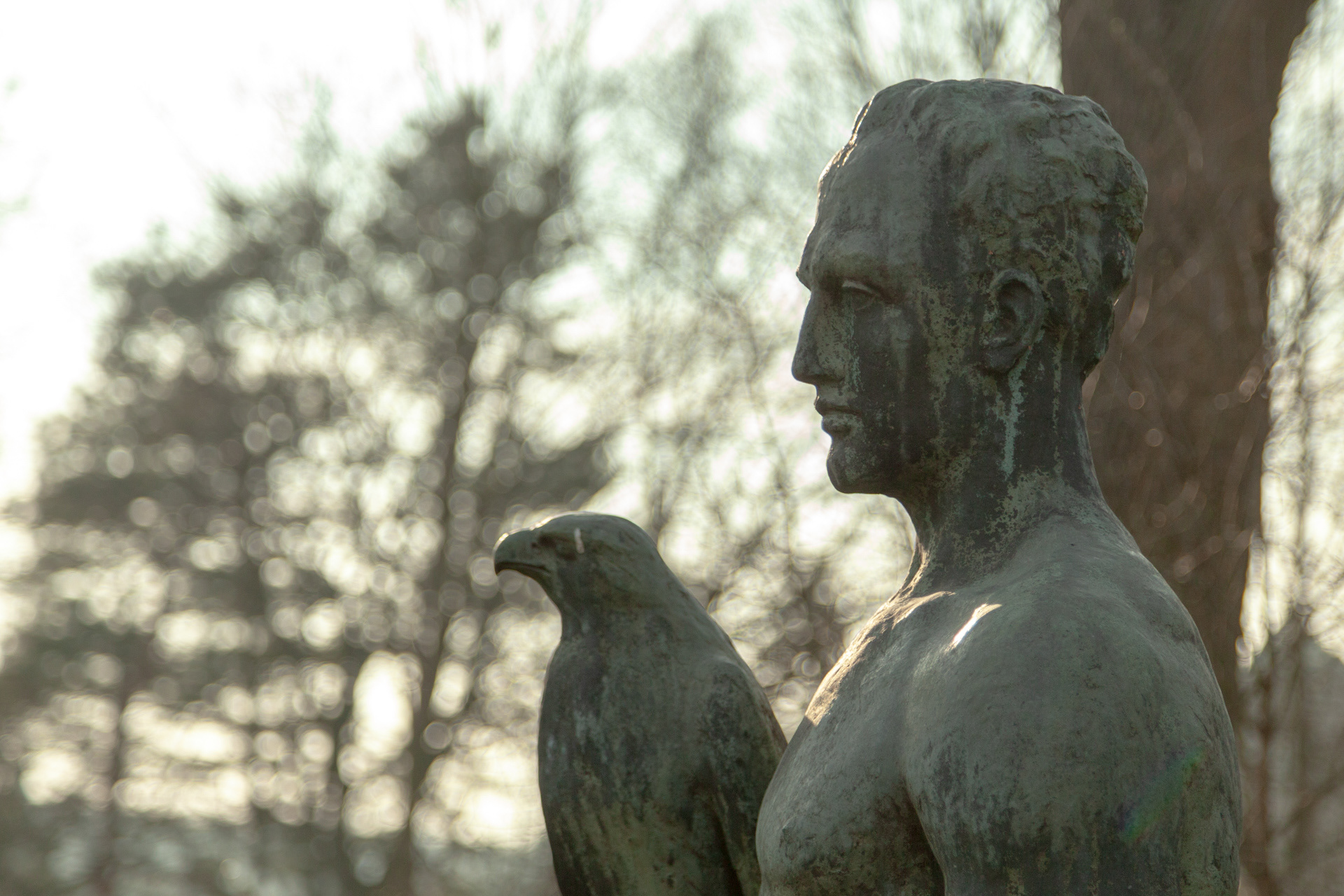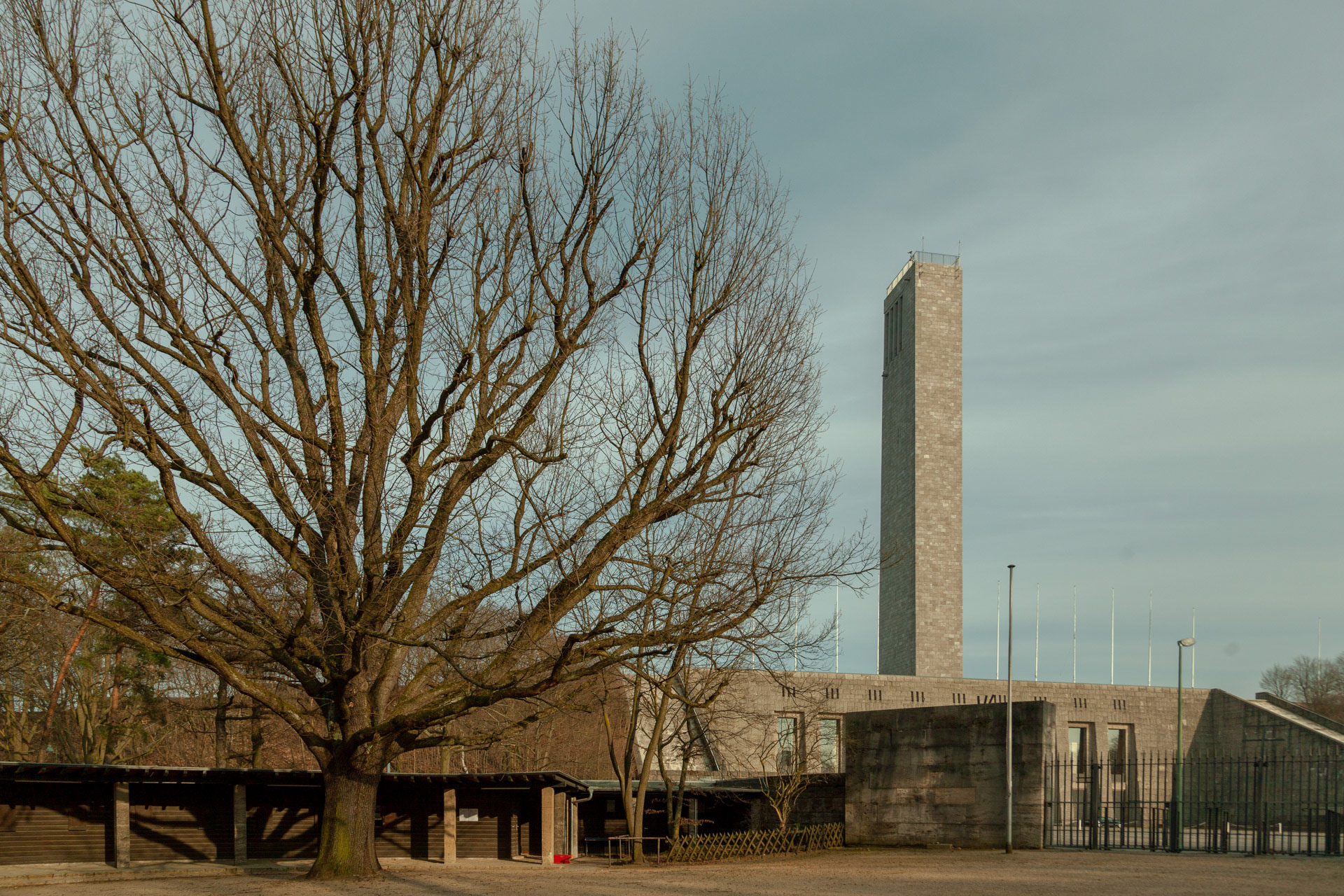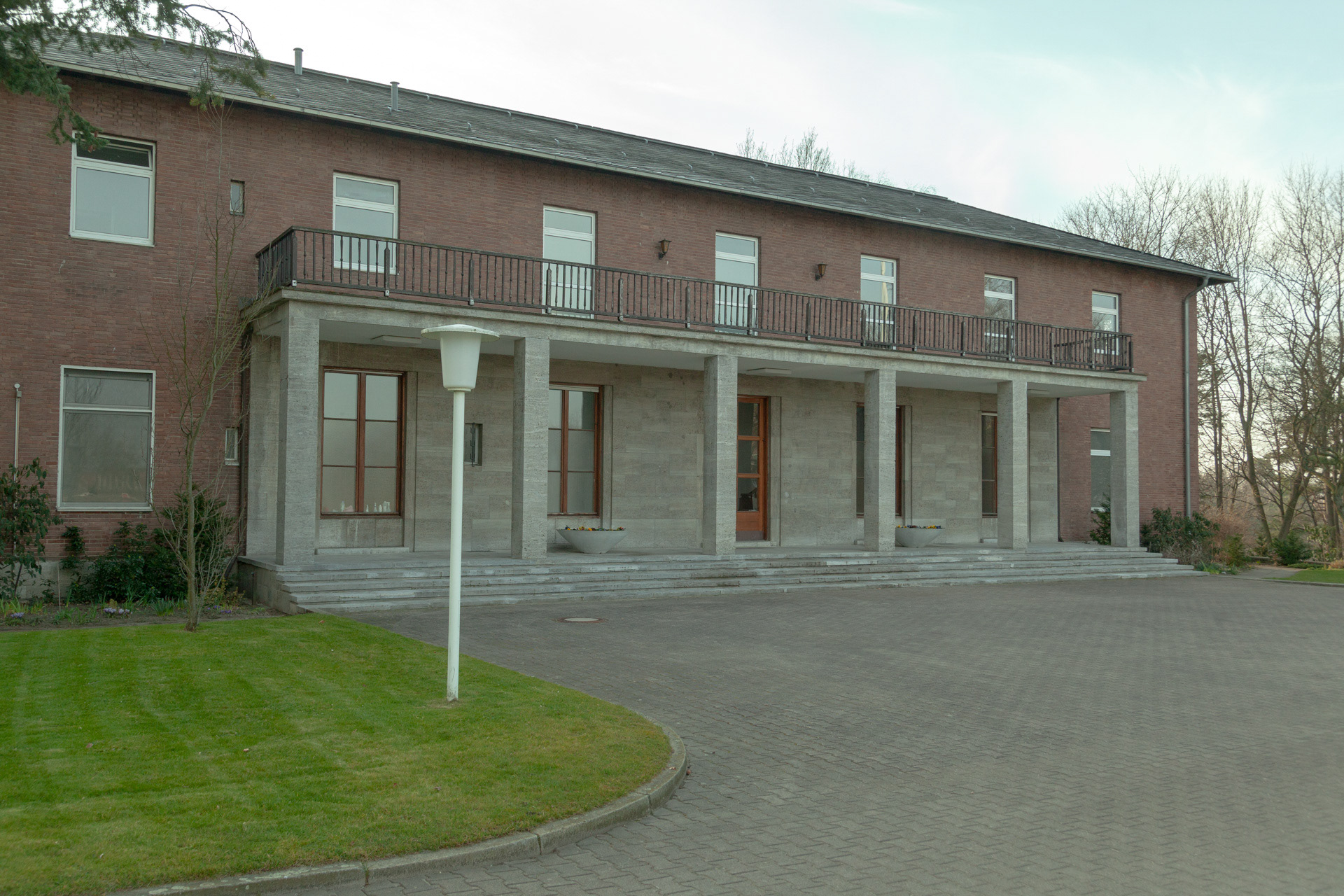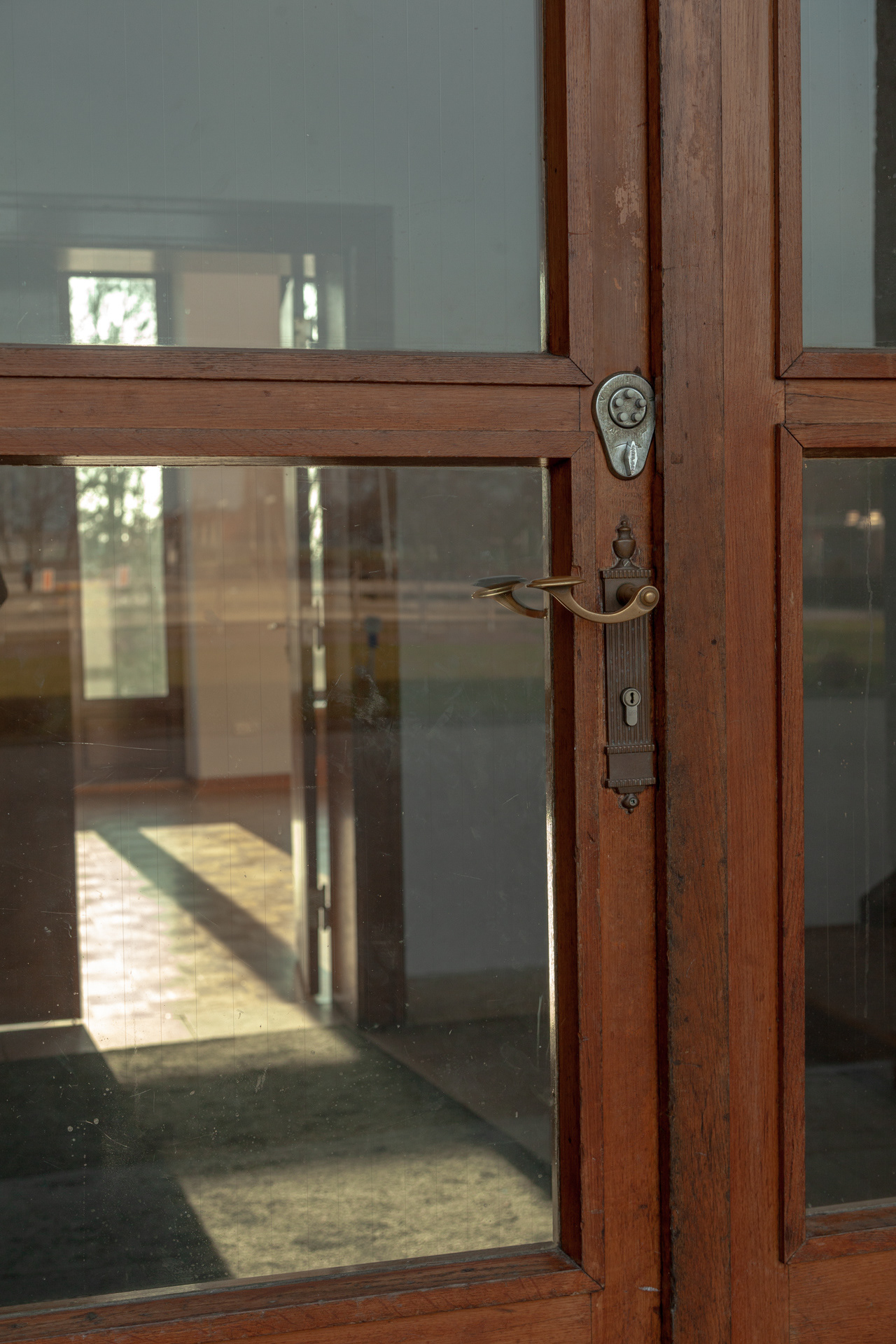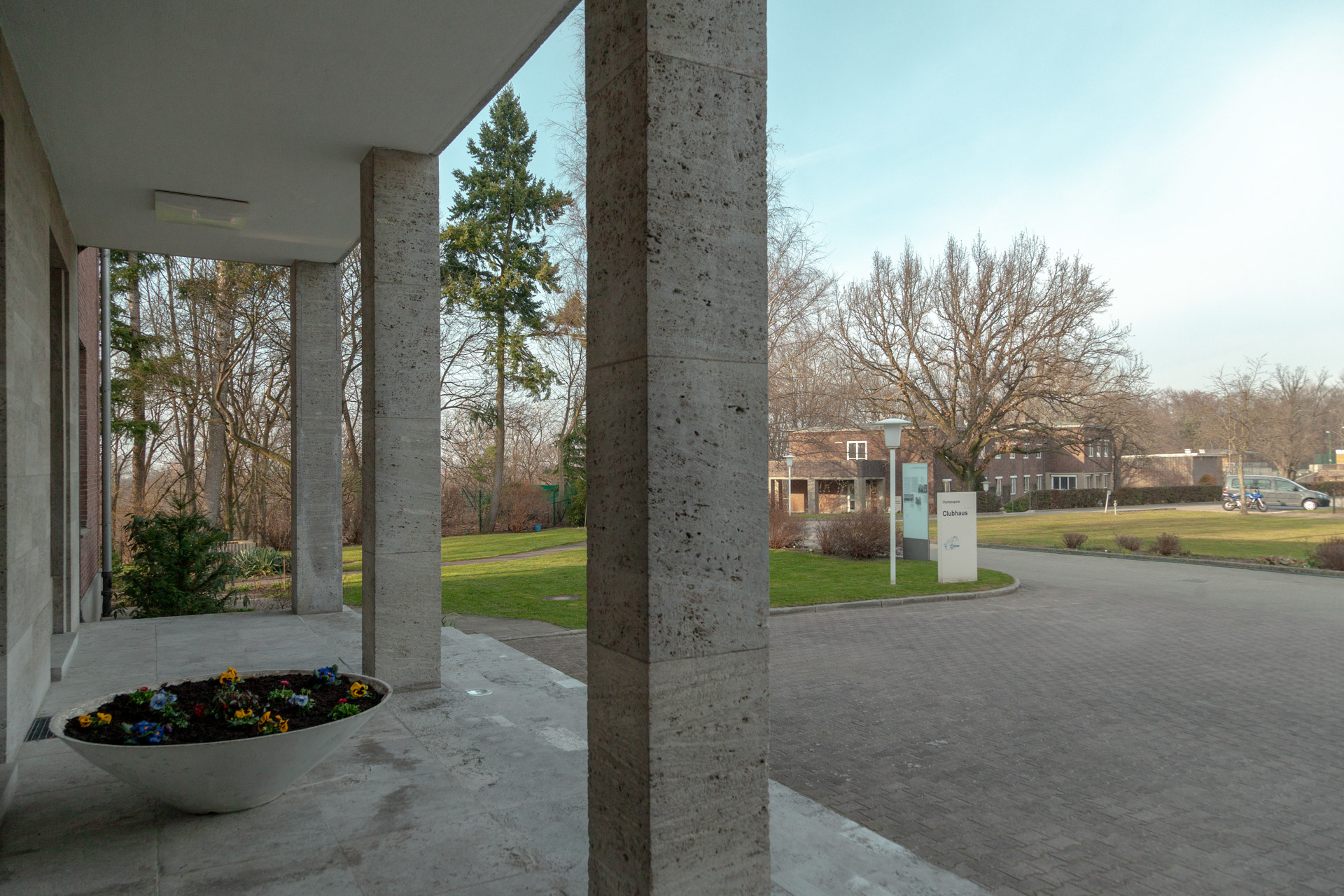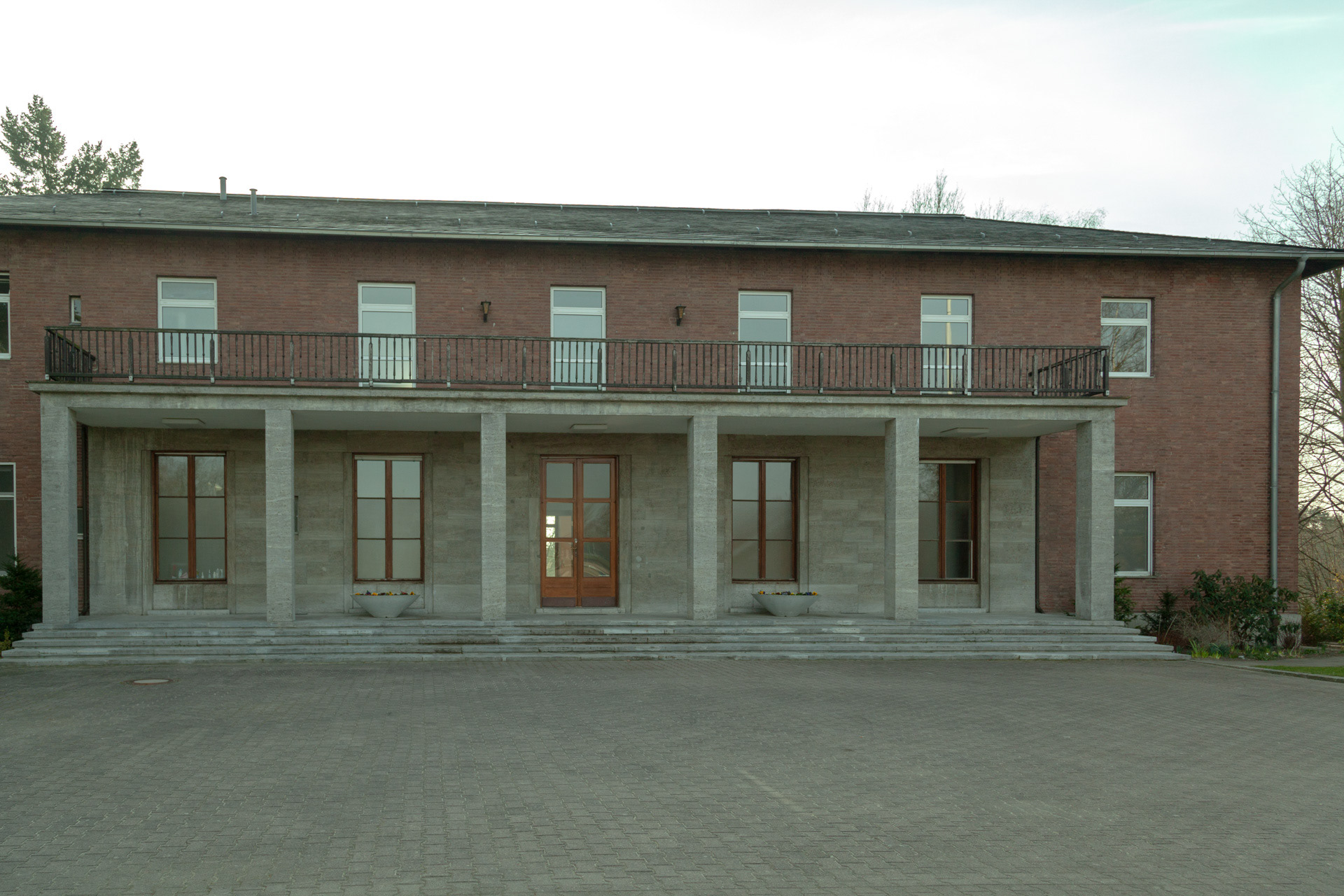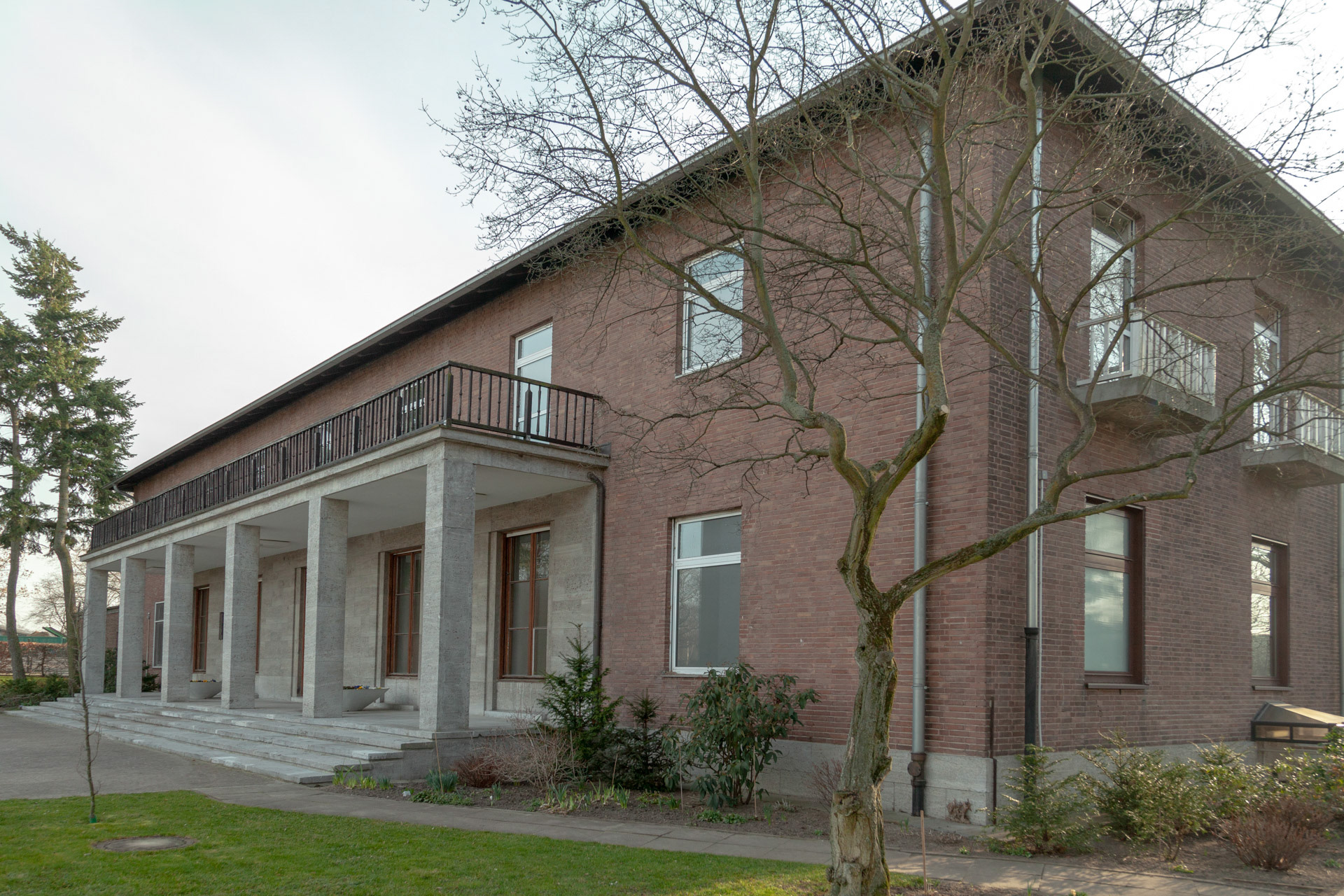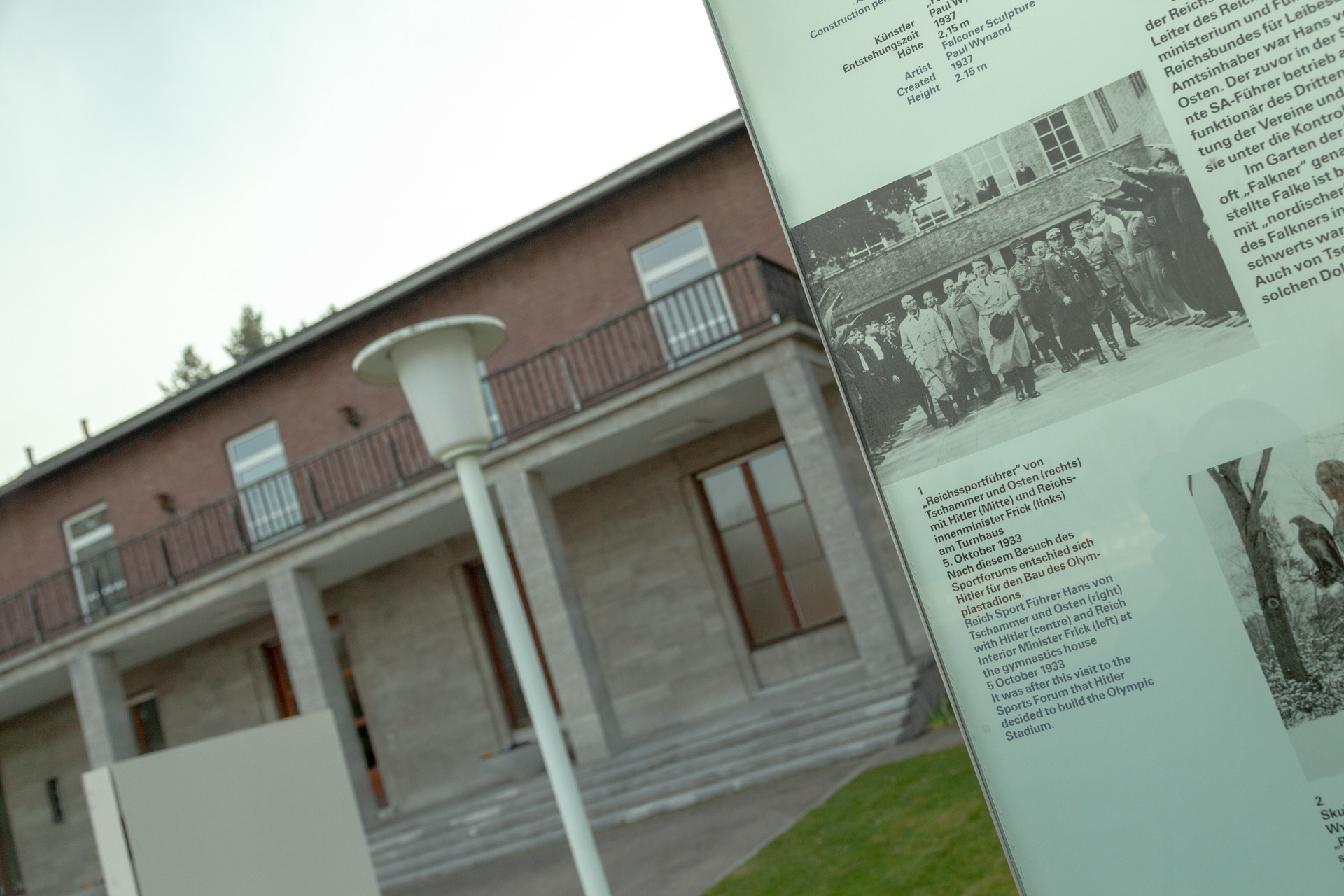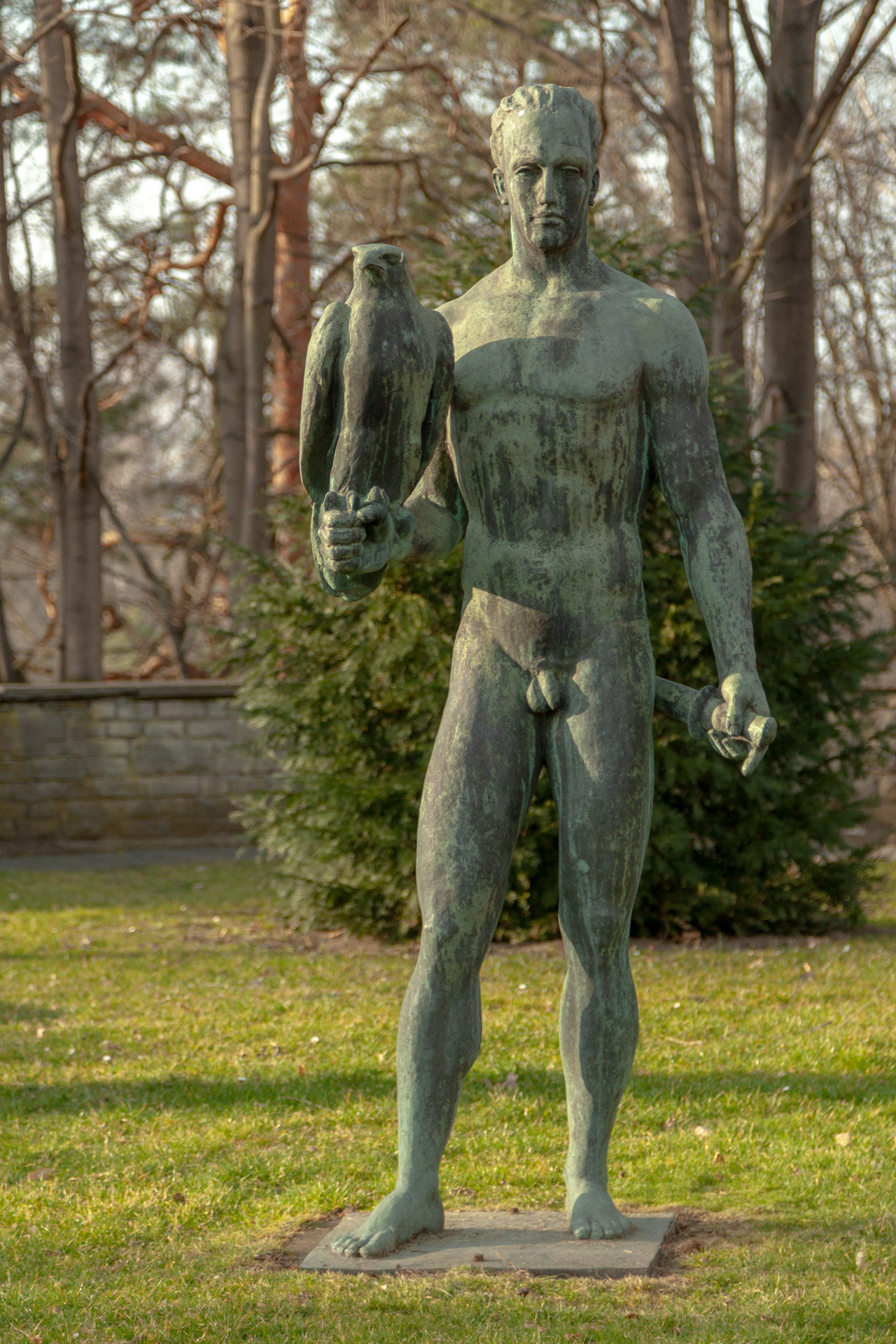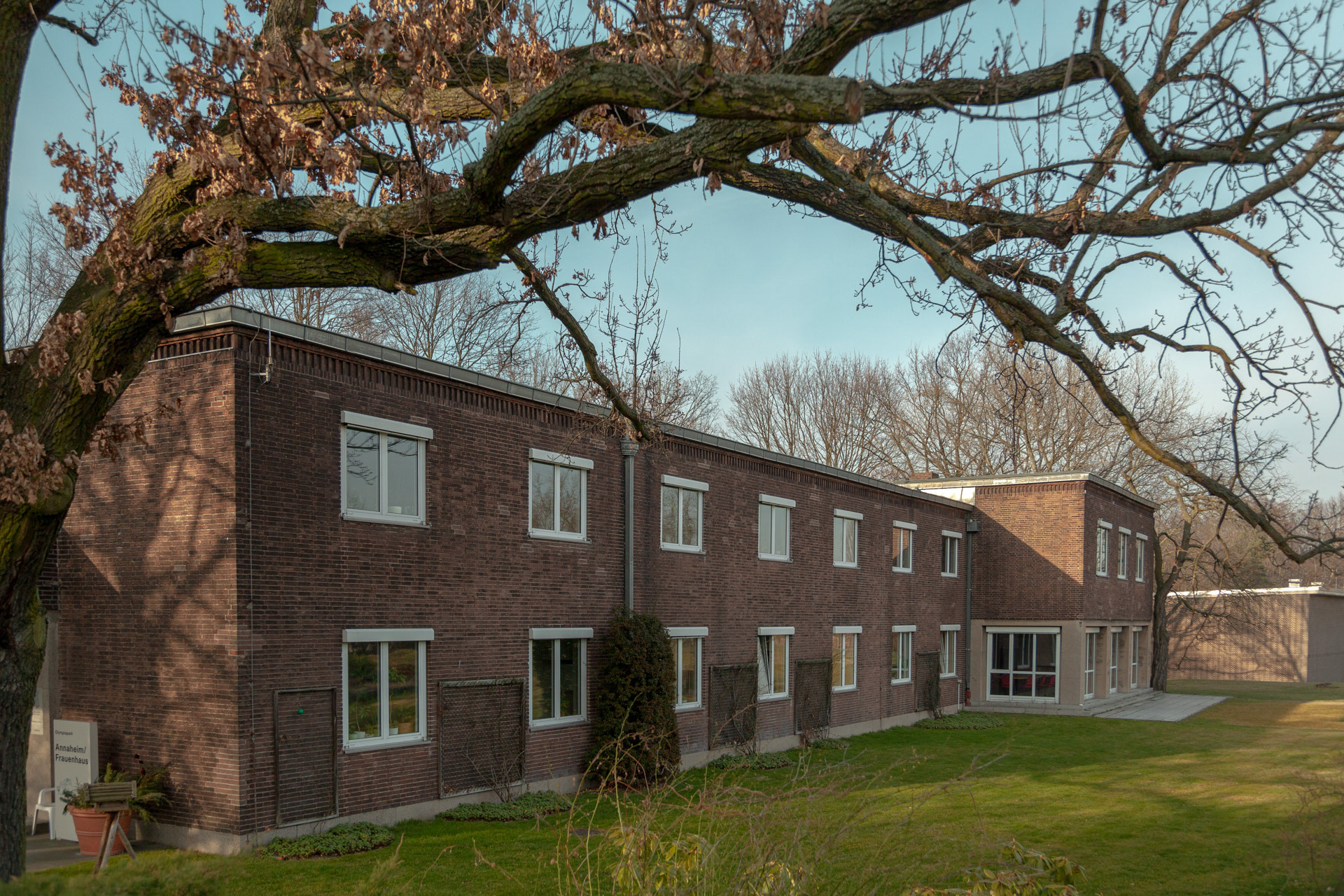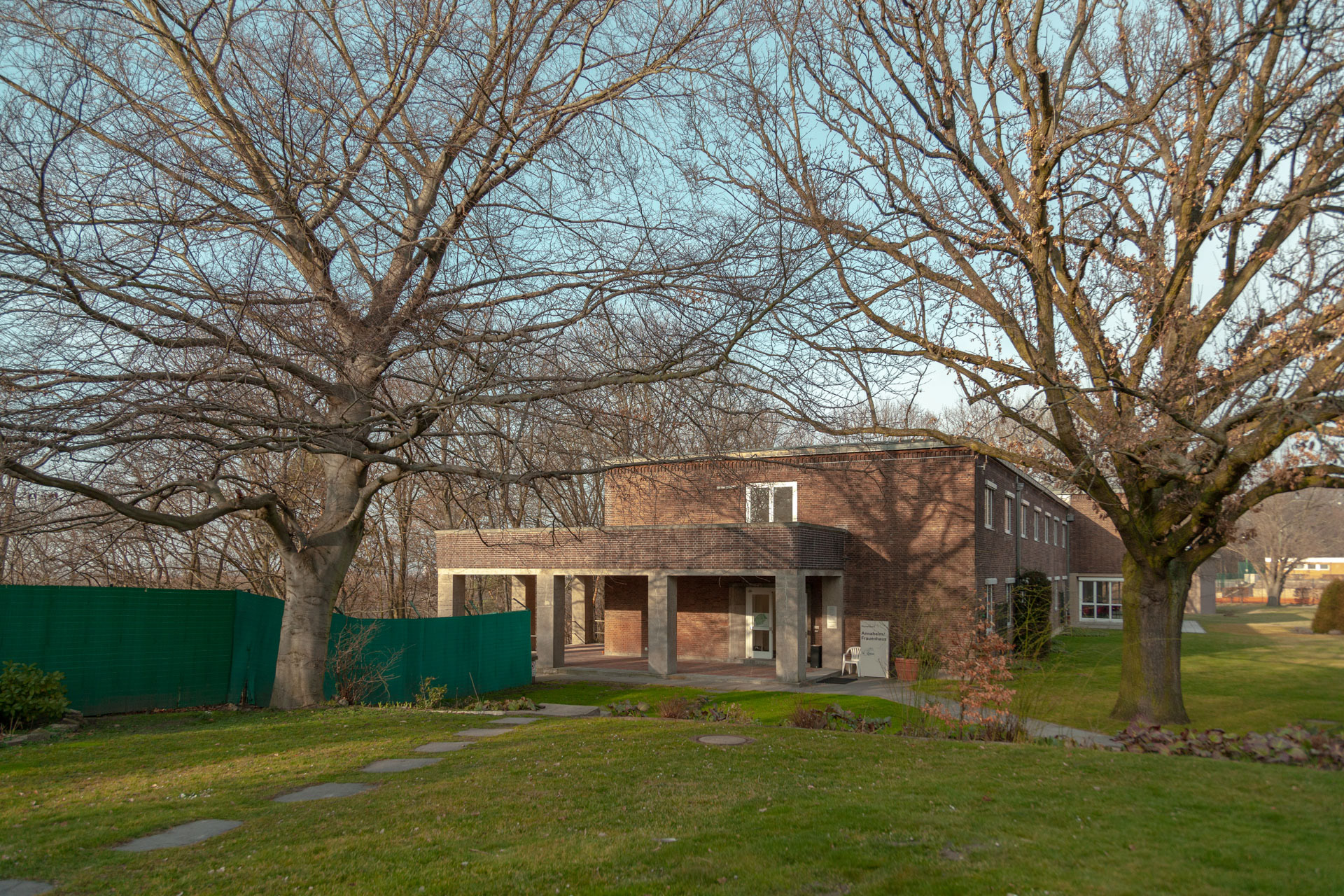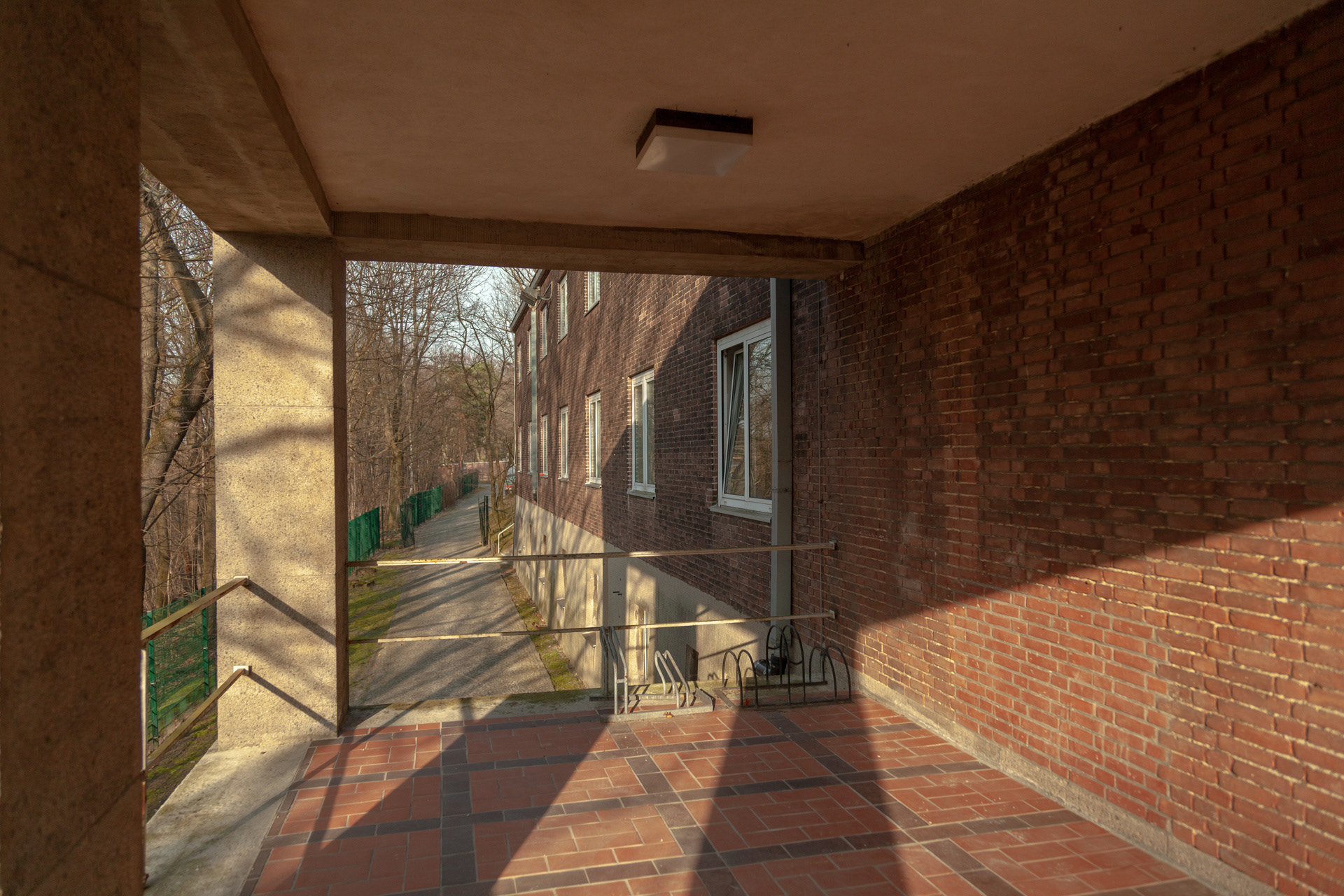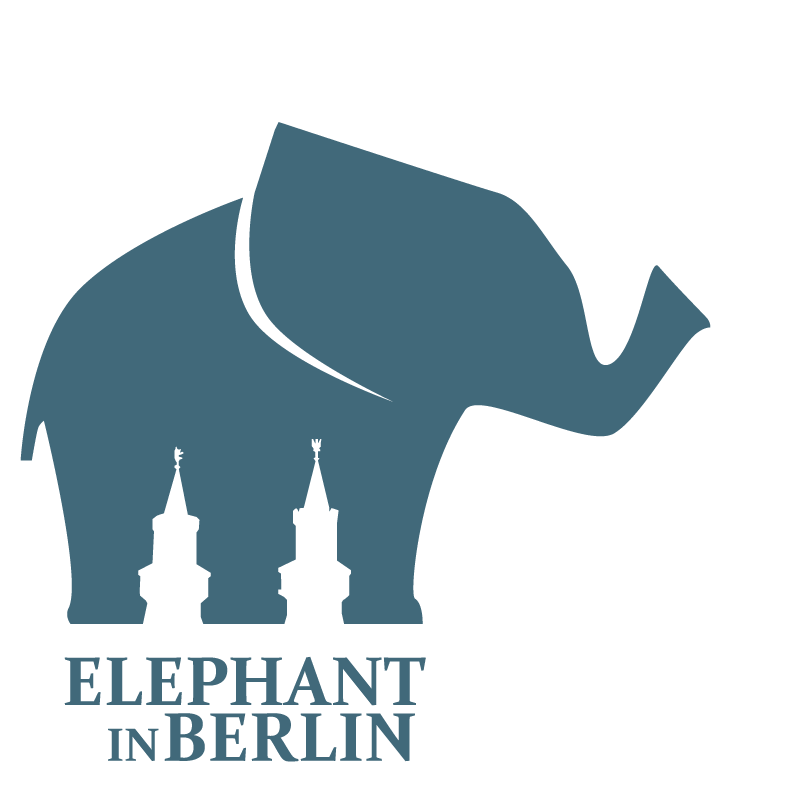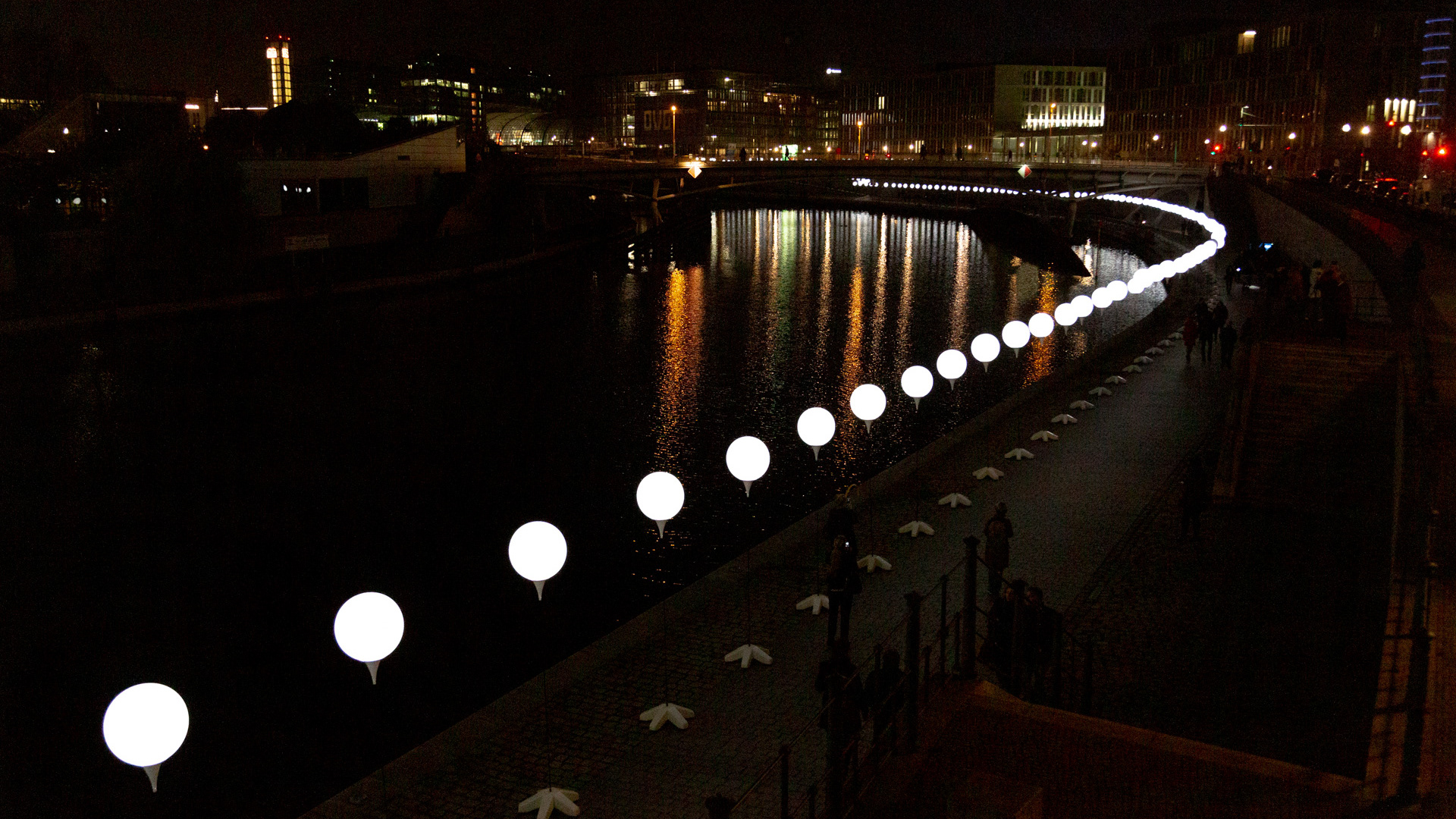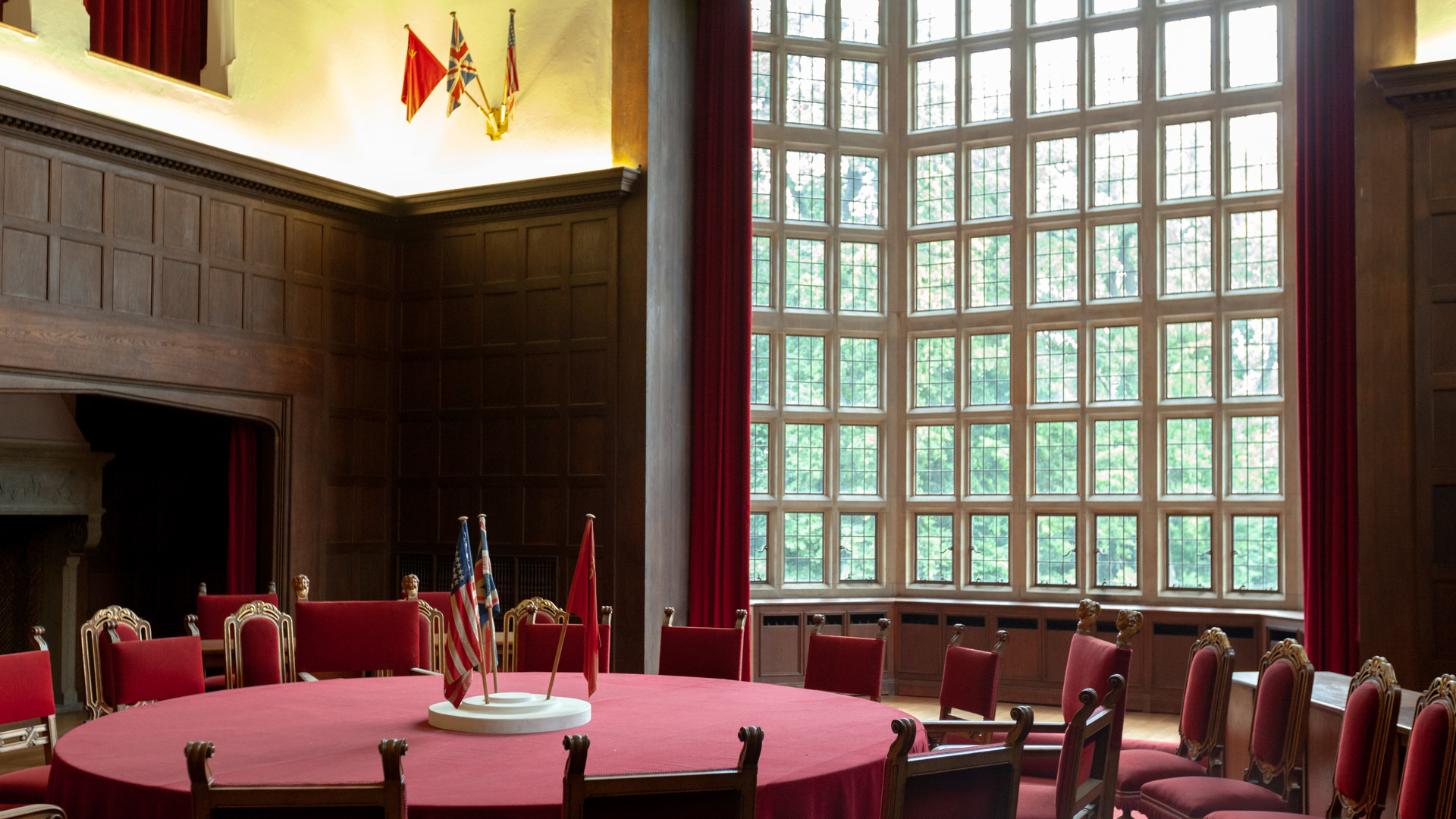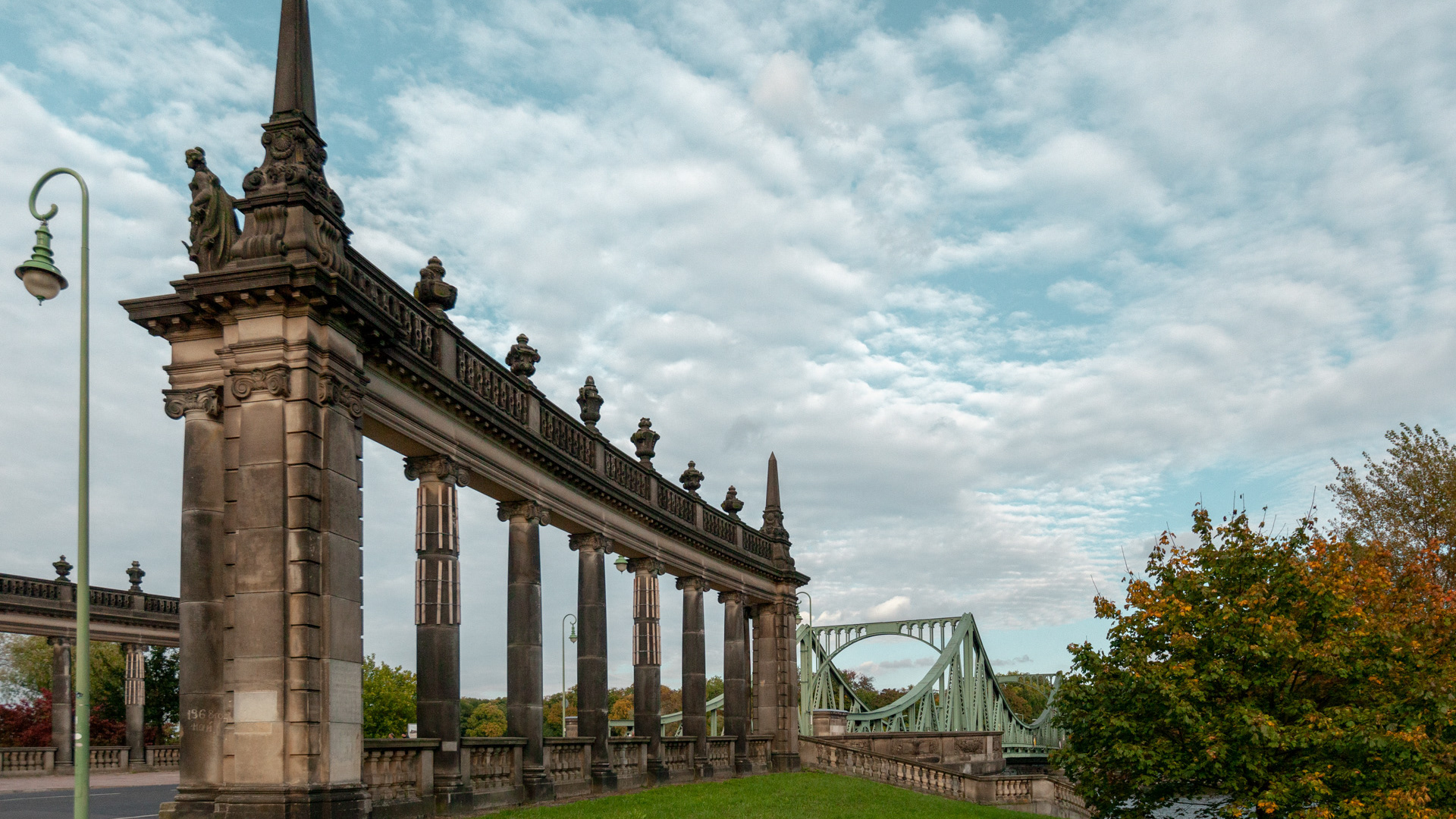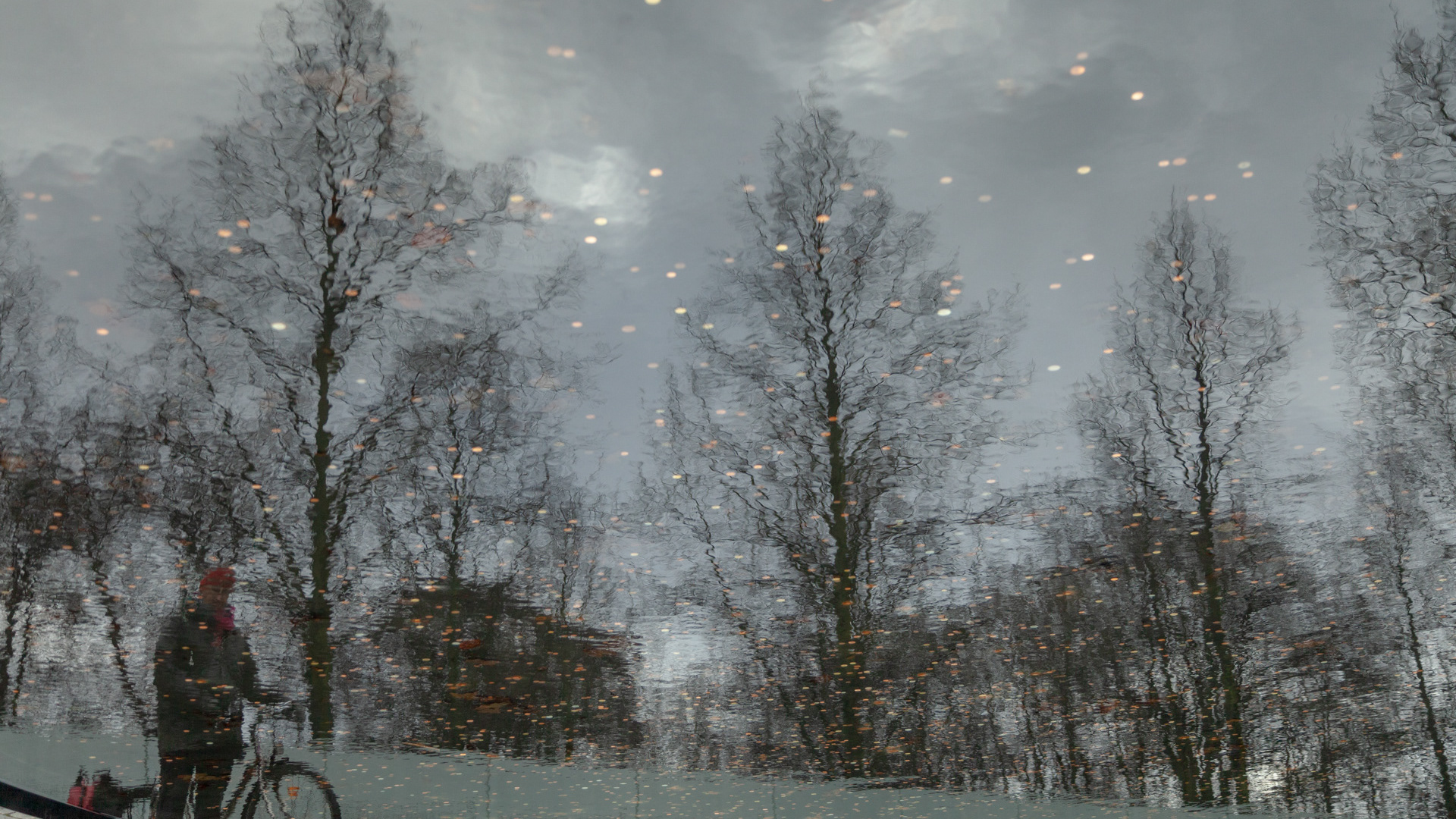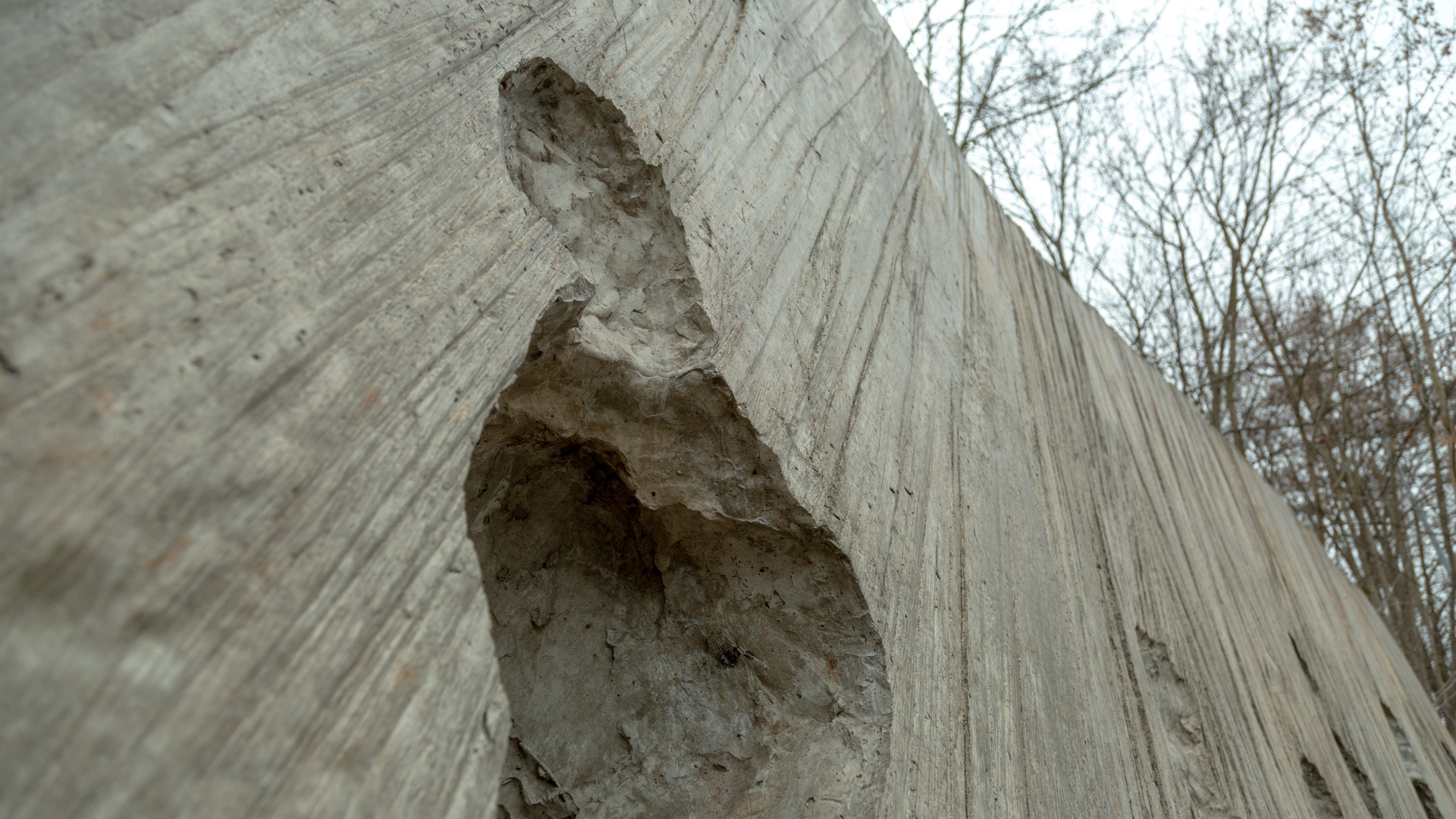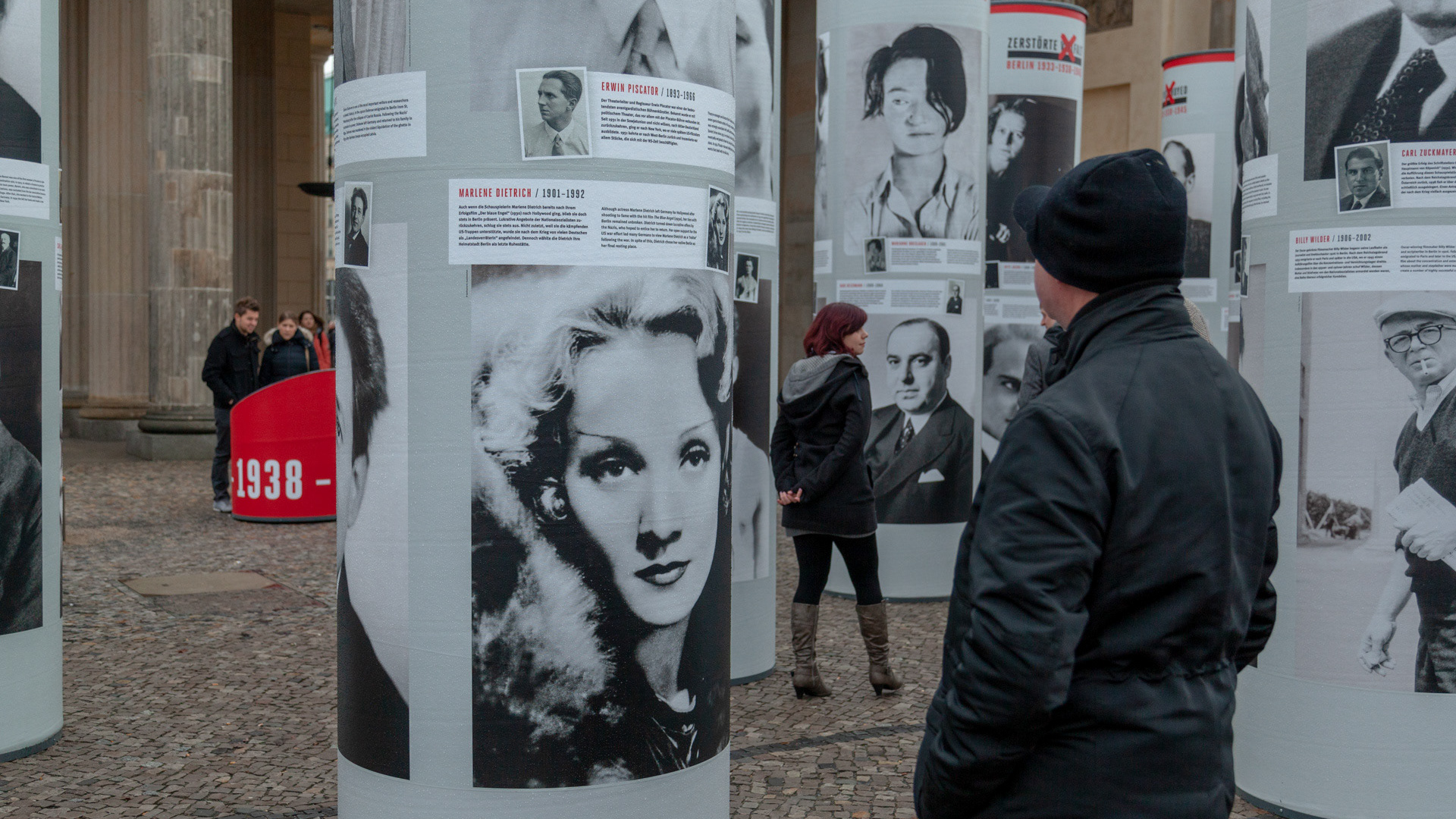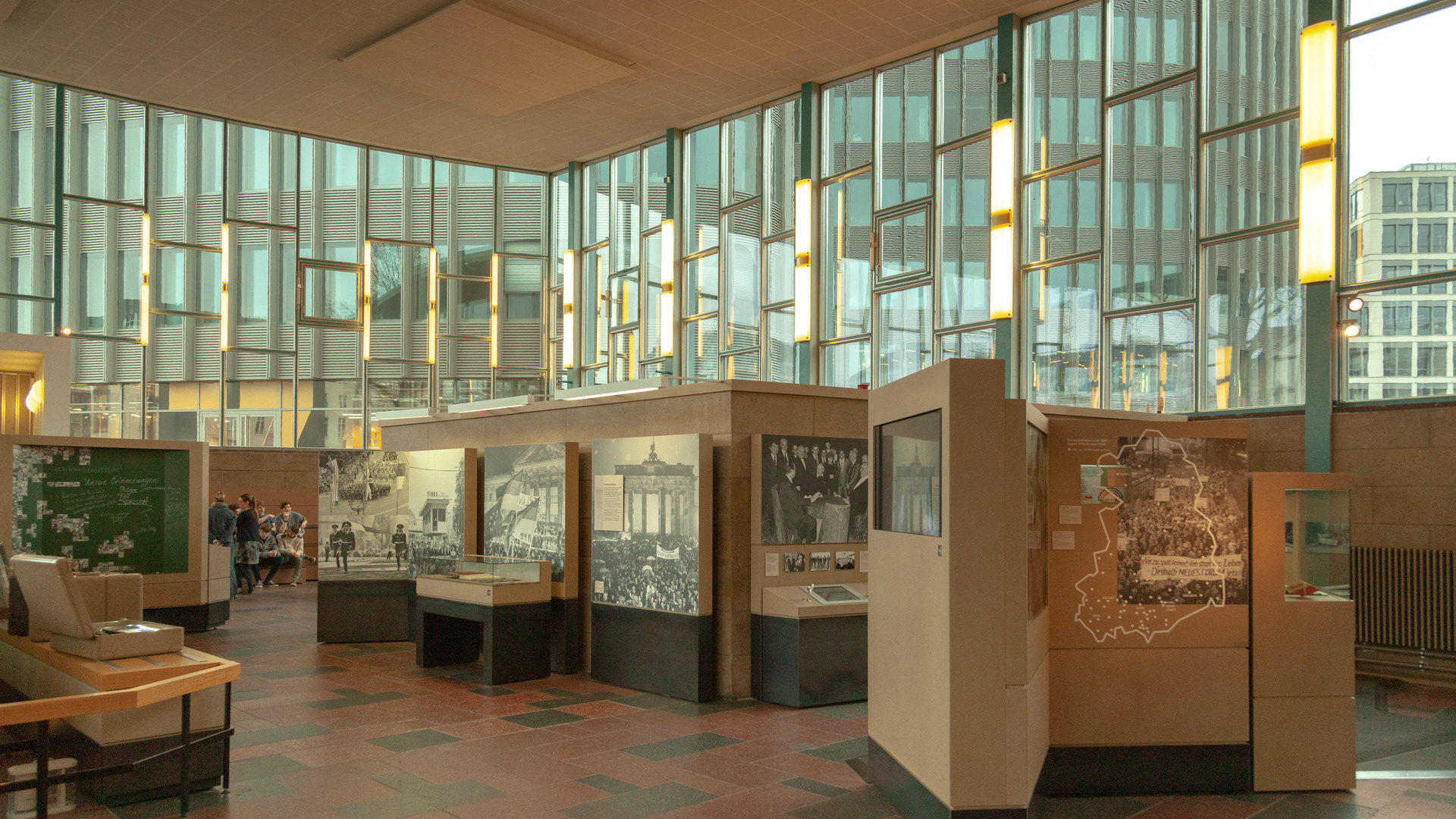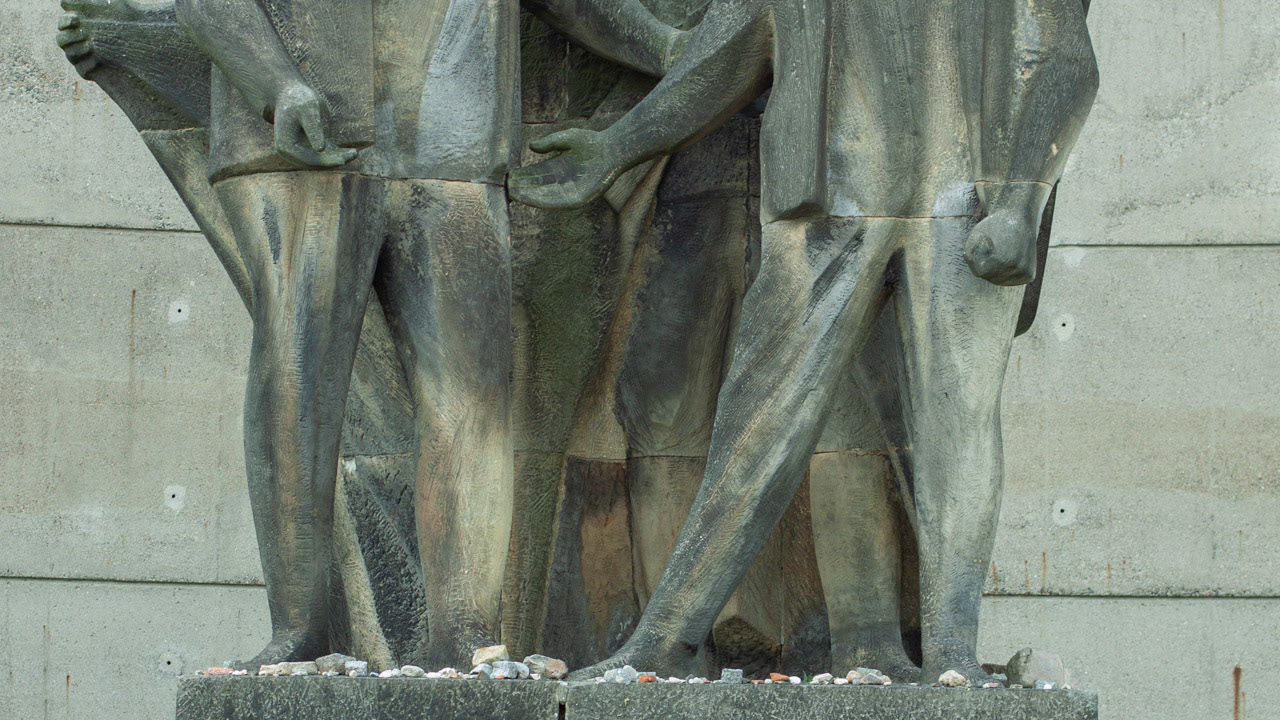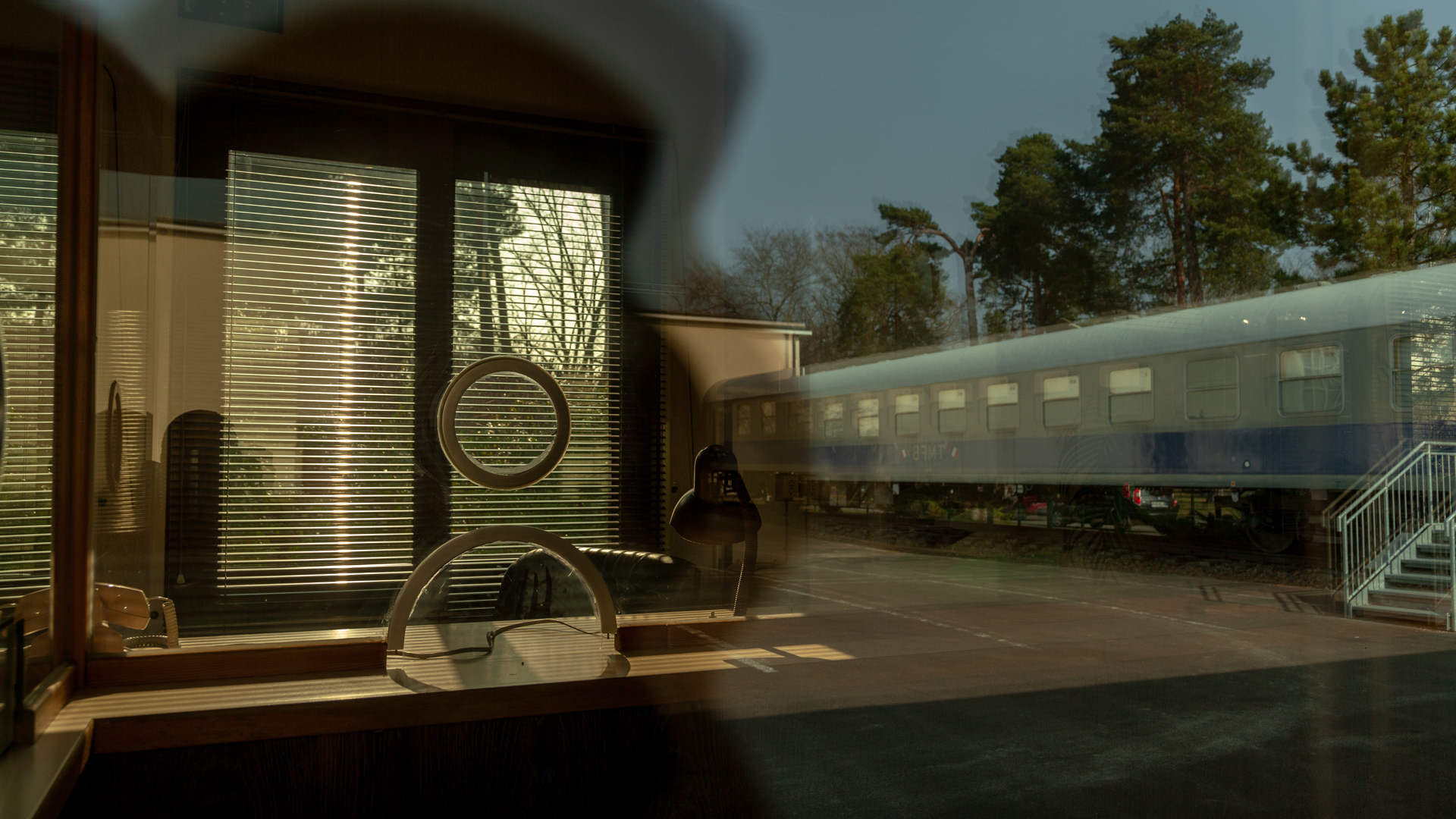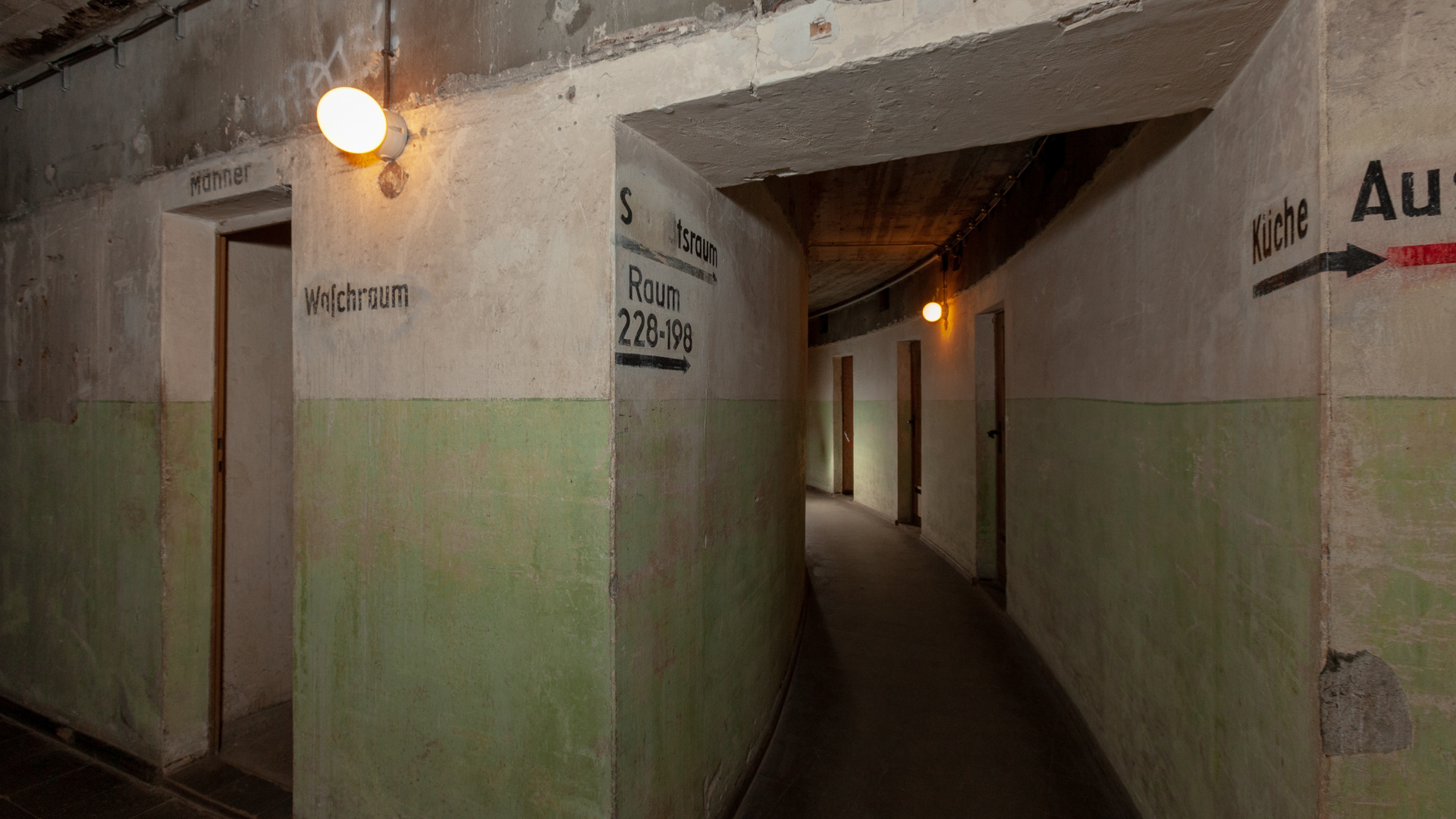Everyone knows the Olympiastadion, some people because is the house of Herta Berlin, maybe more for the Football World Cup of 2006, but for who's is really interested about history, the Olympiastadion (HERE the full reportage) is the Nazi stadium of the 1936's Olympics, with Hitler and Jesse Owens.
But aside of the stadium, which is terrific and it worth a visit, on the oder side, more hidden and very well preserved, there is all the original Olympiagelände or Olympiapark, which was built with the name of Reichssportfeld.
The area was prepared already in 1916 for the Olympic Games, but due to the First World War, they were cancelled. There was already a stadium, a swimming pool and all the sport facilities to host the games, but when the new games were given to Berlin, Hitler decided to rebuilt everything from zero.
The architech is Werner March, the same architect of the stadium and of the Olympic Village 1936 (Elstal) and the architecture reflects, clearly, the Nazi plans to create a cultural and spiritual rebirth in Germany as part of the Third Reich, neoclassicism and art deco, sometimes known as "severe" deco, erecting edifices as cult sites for the Nazi Party.
Starting this reportage of the area, which is really big, the Berliner Waldbühne is the first just in front of the very high Glockenturm Berlin. The forest stage was at nazi time named after Dietrich Eckart, an early supporter of National Socialism and ideas of Hitler and it's an open-air stage containing 22.000 spectators.
After the Second World War, the stage was called Waldbühne. First, it served as open air cinema (including venue of the Berlinale ), then it was used for boxing matches. In the 1960s, war damage was repaired. From 1961 it was used primarily for rock concerts.
The first building actually inside the area of the park is the Clubhaus, which was the official residence of the Reich Sport Führer and the SA Hans von Tschammer und Osten was the first person to hold this office.
"In the garden of the villa stands a sculpture often called the Falconer. It decipts a falcon with some of the features of an eagle, tamed by a hunter of 'nordic' physiognomy. The falconer's dagger in the style of a Roman showt sword was the standard symbol of the SS and von Tschammer und Osten also carried a dagger of this kind."
After the WWII the villa served as guest house and officer's mess for the British Forces until 1994.
But aside of the stadium, which is terrific and it worth a visit, on the oder side, more hidden and very well preserved, there is all the original Olympiagelände or Olympiapark, which was built with the name of Reichssportfeld.
The area was prepared already in 1916 for the Olympic Games, but due to the First World War, they were cancelled. There was already a stadium, a swimming pool and all the sport facilities to host the games, but when the new games were given to Berlin, Hitler decided to rebuilt everything from zero.
The architech is Werner March, the same architect of the stadium and of the Olympic Village 1936 (Elstal) and the architecture reflects, clearly, the Nazi plans to create a cultural and spiritual rebirth in Germany as part of the Third Reich, neoclassicism and art deco, sometimes known as "severe" deco, erecting edifices as cult sites for the Nazi Party.
Starting this reportage of the area, which is really big, the Berliner Waldbühne is the first just in front of the very high Glockenturm Berlin. The forest stage was at nazi time named after Dietrich Eckart, an early supporter of National Socialism and ideas of Hitler and it's an open-air stage containing 22.000 spectators.
After the Second World War, the stage was called Waldbühne. First, it served as open air cinema (including venue of the Berlinale ), then it was used for boxing matches. In the 1960s, war damage was repaired. From 1961 it was used primarily for rock concerts.
The first building actually inside the area of the park is the Clubhaus, which was the official residence of the Reich Sport Führer and the SA Hans von Tschammer und Osten was the first person to hold this office.
"In the garden of the villa stands a sculpture often called the Falconer. It decipts a falcon with some of the features of an eagle, tamed by a hunter of 'nordic' physiognomy. The falconer's dagger in the style of a Roman showt sword was the standard symbol of the SS and von Tschammer und Osten also carried a dagger of this kind."
After the WWII the villa served as guest house and officer's mess for the British Forces until 1994.
